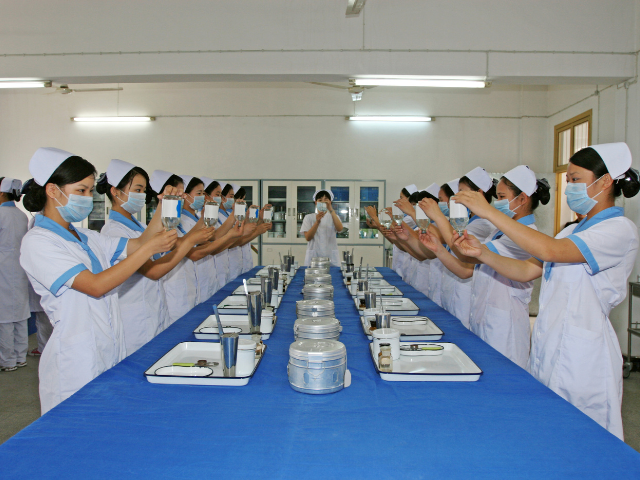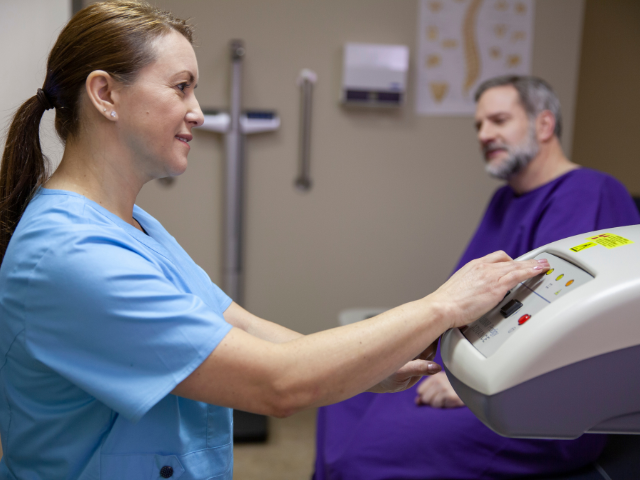RN Programs and the Diploma School Curriculum
RN diploma schools reached their peak of popularity in the 1950s and 1960s. There were an estimated 1,300 nationally. However, in the late 1970s, diploma schools seemed to slowly cease to exist as nursing schools were transitioning to a more academic setting within many colleges and universities, where it became a four-year undertaking. Scholarships were awarded to assist with the cost of these four-year programs. Today, there are said to be less than 100 diploma schools in the United States. Diploma school also allowed the student to apply for an LPN or Licensed Practical Nurse license after two years of study.
Diploma school graduates received an Associate Degree in Nursing (ADN). This diploma degree allowed nursing students a more hands-on teaching practice role in various healthcare settings, such as clinics, hospitals, physician offices, and long-term healthcare facilities.
My Journey Through a Diploma School
I myself am a graduate of a diploma nursing school. I graduated from Flushing Hospital and Medical Center School of Nursing in 1975. At that time, it was a three-year nursing program. It is my conviction that the education I received was stellar. It combined book learning and hands-on training. The first year, we were in the hospital setting for one day for medical-surgical. I would get up the evening before, introduce myself, and greet my patients. The big question was whether my patient was to get a partial bath or the dreaded full bath!
In the second year, we were on the floors two to three days per week. Our floor assignments were Pediatrics, Labor & Delivery, Nursery, Postpartum and Maternal Child Health. I actually got to assist in the delivery of twins! Talk about hands on! The second semesters were split and included the Operating Room and the Recovery Room. It was there I learned I was not OR nurse material. My glasses kept foggin up while wearing the mask! I was also not very prolific at opening suture packages in the sterile confines of the OR environment.
Third year was an extremely critical year, as my classmates and I were considered one of the staff and given a patient to follow. Our assignment locations were the Emergency Department, Intensive Care Unit, Cardiac Care Unit, and Psych. We were on the units four days a week, collaborating closely with staff nurses.
We had to perform many procedures in front of our instructors before we could go onto the floors, such as inserting foley catheters and nasal gastric tubes, administering sitz baths, and performing dressing changes. Intravenous insertion teaching took place while in the ICU and CCU rotations.









